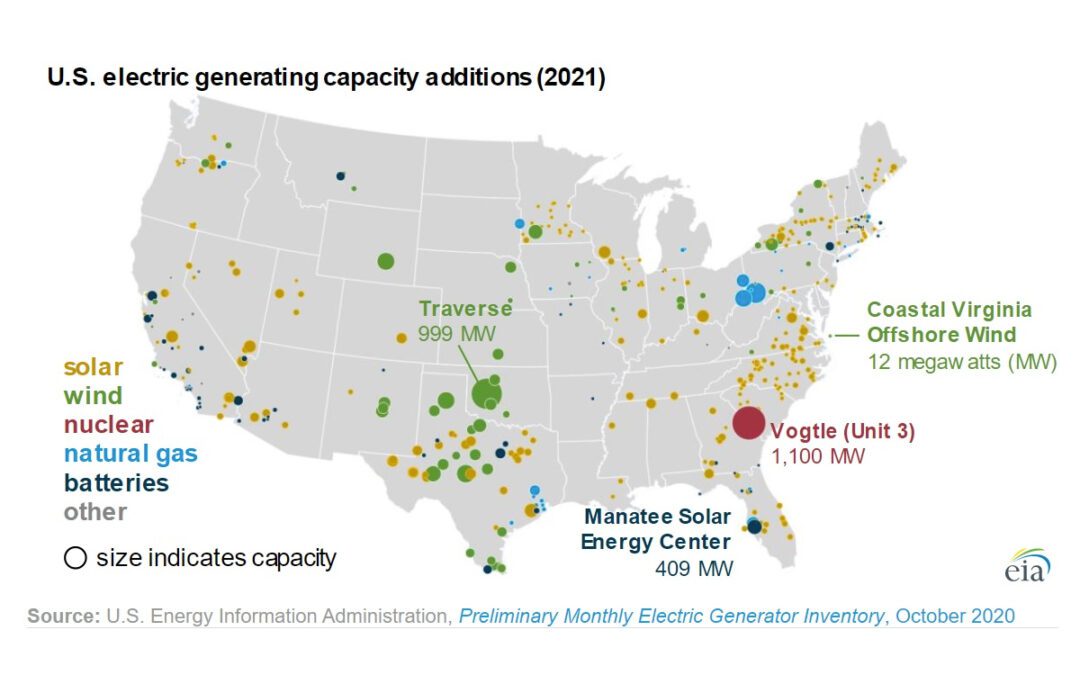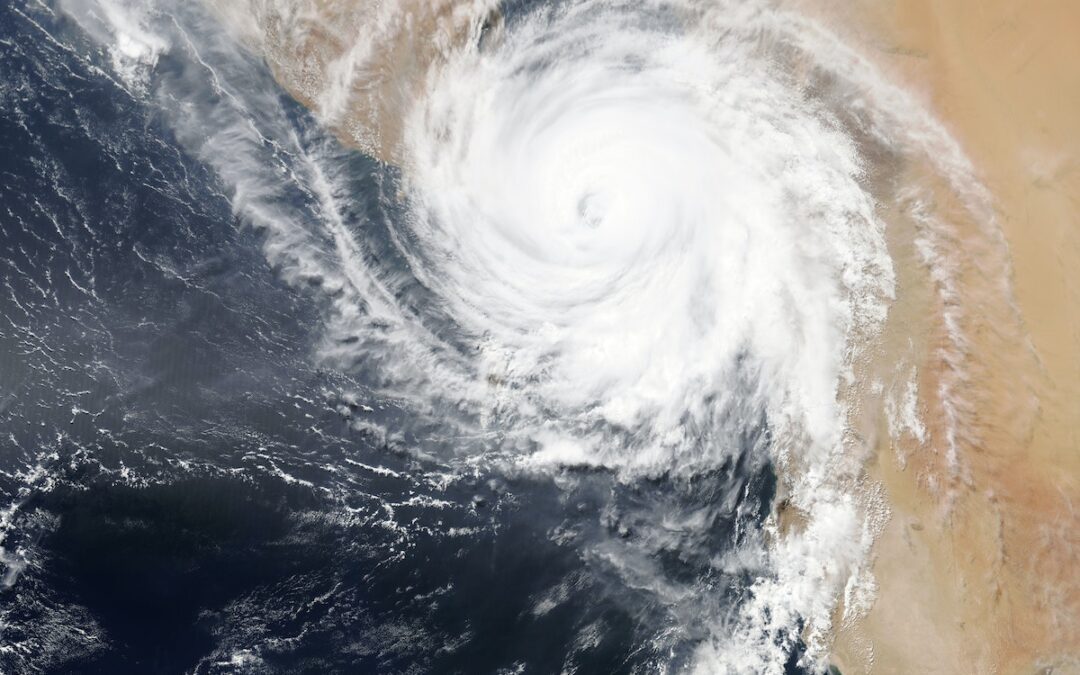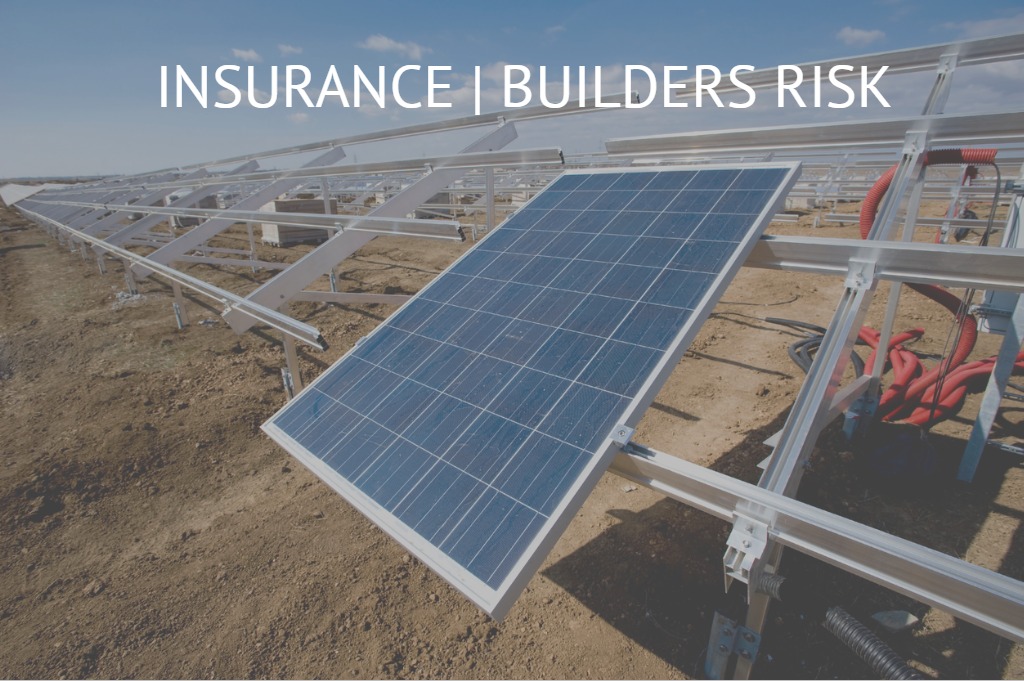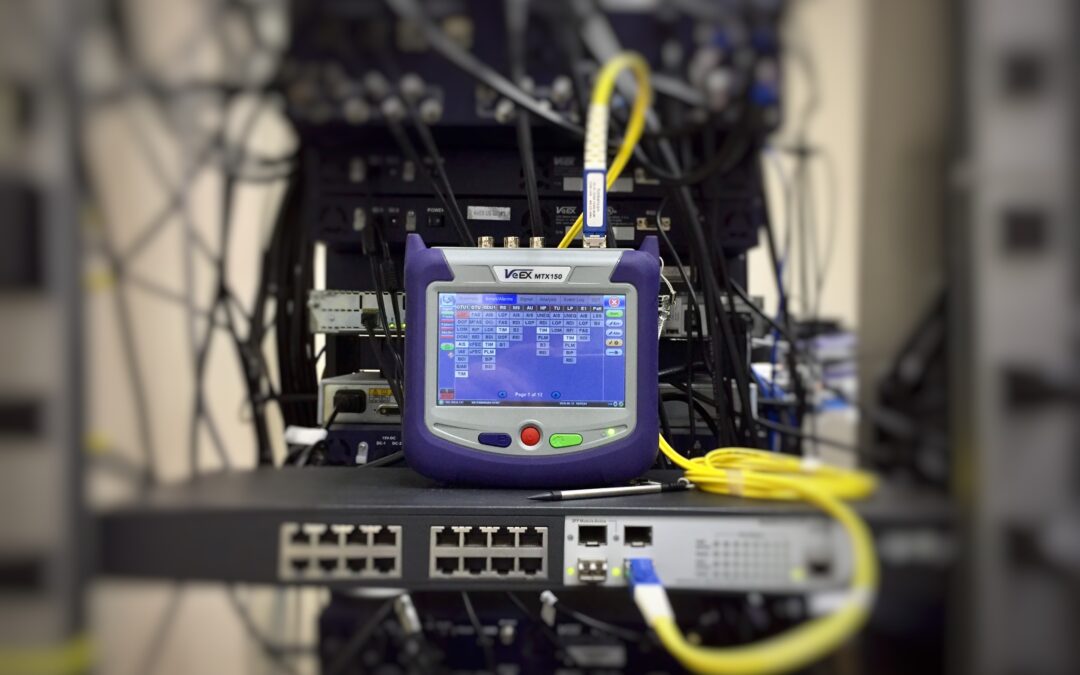CONGRESS GREEN LIGHTS RENEWABLE ENERGY TAX CREDITS: $73 BILLION EXPECTED TO SURGE INTO THE INDUSTRY BUT WITH IT COMES RISK
In early December, 2015, Congress made an impact decision to extend valuable tax credits to the Renewable Energy Industry, with arguably the most significant benefit tied to Wind (Production Tax Credit) and Solar (Investment Tax Credit). Bloomberg New Energy Finance, projects the net result of these tax credits to be 37 gigawatts of new wind and solar capacity. This would translate to a 56 % boost to the industry over five years, quantified by a $73 billion surge in new investment and enabling as many as 8 million more households to access clean, renewable, affordable energy. Instant reaction to the news could be seen in the value of stocks aligned to the market. SolarCity (SCTY), TerraForm Power (TERP), and SunEdison (SUNE) were just a few to jump in valuation almost overnight. They have since come back down to earth, but the extension of these credits fill a void of uncertainty and doubt that had sidelined a great deal of capital, until now. However, there are concerns already voiced by industry executives that rapid growth will reduce the quality and performance of assets as pressure is applied to manufacture quickly and cheaply.
Will pressures to expedite production lead to poor quality in manufacturing? What are the shortfalls in your equipment warranties? How can investors and developers guarantee plant production?
THE ISSUE:
Fortified Scaling & Consistent Asset Performance. How do you do it? What are the costs and what are the internal and external tools a rapidly growing industry can use to scale while being economically risk adverse? Risk cannot be avoided, but avoid the house of cards and instead build a strong business that is proactive in mitigating risk. Companies would do well to identify the areas that most impact the production, longevity, design and serviceability of their equipment. Here are steps to strengthen your business and manage the risks to your assets.
Identify
What are your exposures. They could be physical, such as soiling or spectral shifts in sunlight. Weather and physical risks were touched upon in the first article of this series titled, “Location! Location! Location!”. With your equipment, your risk is also contractual. Shortfalls exist in many Original Equipment Manufacturers (OEM) warranties. Beyond gaps in the contract are also the longevity and solvency questions surrounding the company that provided the warranty in the first place!
Analyze
Conduct both a Qualitative (The What) and Quantitative (The How Much) analysis of the exposures. Analysis of your OEM warranties may uncover that they exclude defects caused by failing to properly maintain the product, limit liability for damages and include disclaimers for implied warranties. A warranty from a foreign manufacturer also may be difficult to enforce if that company’s provisions are governed by laws and regulations of their home country. What would be the impact to your business if these shortfalls came to fruition. How much would your bottom line be effected?
Control
Take conscious action to avoid/prevent/reduce/segregate and transfer risk. While there are insurance products to address the gaps in your warranties, there is an added financial cost to having that be your ONLY control strategy. Avoid buying warranties from companies with poor financial strength to begin with. Prevent the need to file claims by investing in your Operations & Maintenance teams, be it internal or 3rd Consider segregating risk by working with different warranty providers and not just the same one for all your
Finance
Should a loss occur, consider your financial options. With thin margins in the renewable energy industry, will it be more favorable to use internal funds or externally acquired funds to pay the loss. Setting up reserves for anticipated losses in a year based on your analysis of loss history can help you budget for the unexpected.
Administration
Implement a desired risk management plan, then monitor its results. Establish a warranty and insurance policy management system. Your risk management program should involve members of your risk management team: legal, finance, insurance, and HR (due to risk to employees). Your plan’s goal is to address and monitor the exposures you identify in Step 1.
SO, HOW CAN INSURANCE HELP?
On February 24, 2016 The American Council on Renewable Energy (ACORE) hosted a timely seminar on effective renewable energy asset management. Executives from First Solar, Solarrus Corp, and Envision Energy each eluded to various areas of risk to the assets and production of their plants. Many agreed that quality of manufacturing is a big area of concern.
Innovative warranty programs and insurance products are working to fill the gaps on warranty coverage to reduce the risks associated with equipment quality. These specialty programs transfer the fiscal responsibility for the warranties from the manufacturer to the insurance company, but only when warranty claims are valid. These insurance solutions go beyond traditional warranty coverage to pay for costs associated with testing, de-installation, shipping and re-installation of covered equipment. While there is a cost to insurance, long-term viability of your project is dependent upon asset preservation and limiting loss.
To satisfy lender and investor requirements a sound risk management program which includes insurance and specialized protection is critical. If you are uncertain about how your warranties will respond, your coverage, or are not comfortable with your overall insurance program, you may want to consult with a renewable energy insurance specialist.










